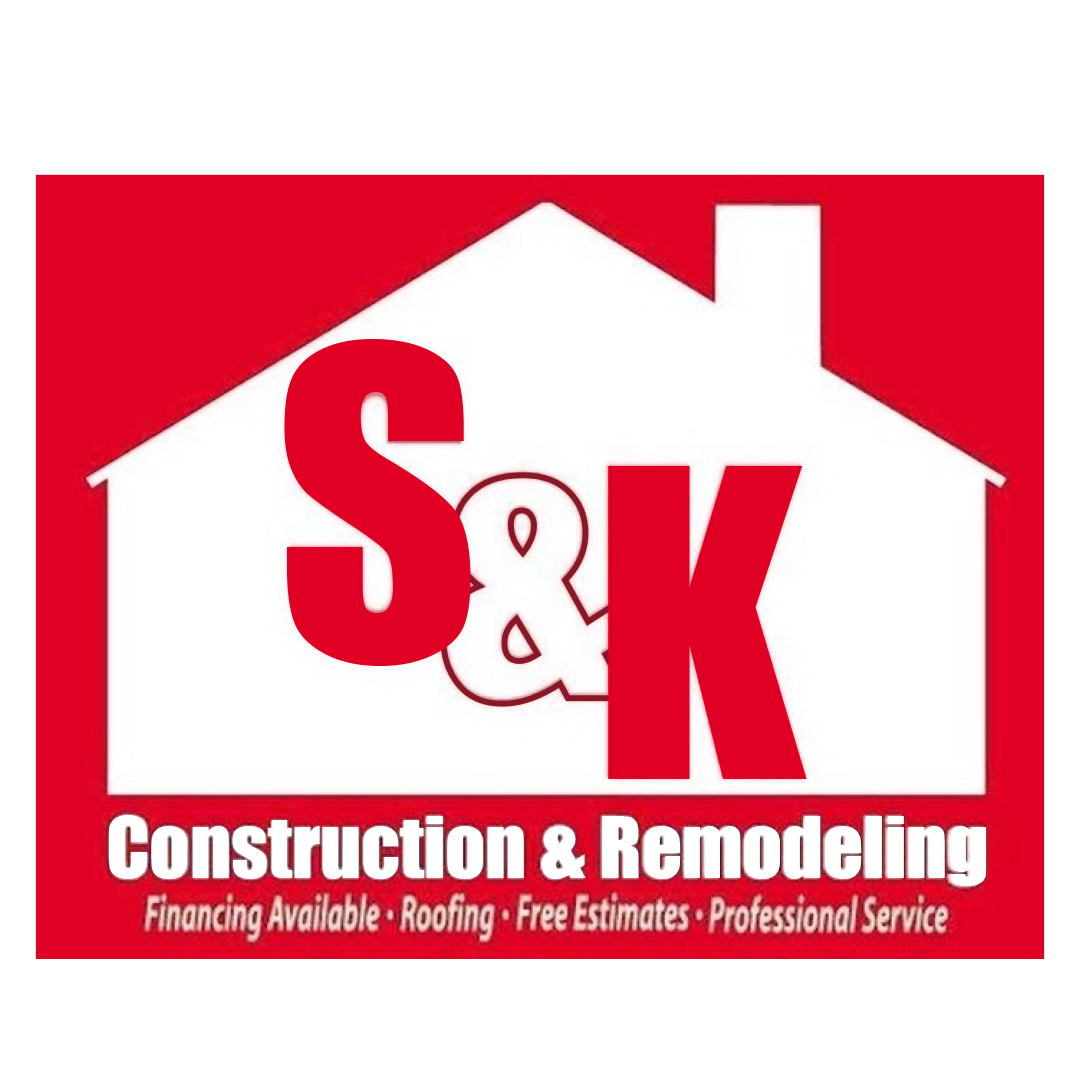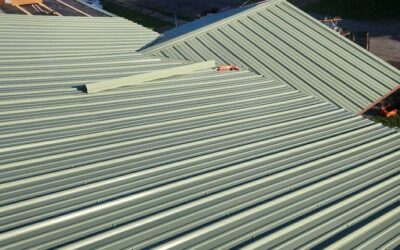What is the Roof Code for Gaps Between Plank Roof Decking Boards?
Roof decking is a critical component of any roofing system, providing a stable foundation for shingles and other roofing materials. However, not all roof decking is created equal, and gaps between plank roof decking boards can lead to significant issues if not addressed correctly.
In this article, we’ll explore:
- The difference between plank roof decking and sheet roof decking
- The roof code for gaps between plank roof decking boards
- The consequences of not following the plank decking roof code
- Why some roofing contractors might ignore the code
The Difference Between Plank Roof Decking and Sheet Roof Decking
Roof decking comes in two primary types: plank decking and sheet decking.
Plank Roof Decking
Plank roof decking consists of individual wood planks, usually 1×6 or 1×8 boards, installed across the rafters. This method was commonly used in homes built before plywood or OSB (oriented strand board) became standard. Plank decking is durable, but it can develop gaps over time as the wood shrinks or shifts.
Sheet Roof Decking
Sheet decking, such as plywood or OSB, is now the industry standard for modern roofing. It provides a continuous, even surface for shingle installation, reducing the risk of gaps that can compromise the roofing system’s performance.
What is the Roof Code for Gaps Between Plank Roof Decking Boards?
Building codes vary by region, but most codes require that gaps between plank decking boards do not exceed 1/8 inch. Larger gaps can cause structural and moisture-related problems, leading to premature roof failure.
The International Residential Code (IRC) and other local building codes typically mandate that roof decking must provide a continuous, solid base for roofing materials. If plank decking has gaps wider than 1/8 inch, a roofing contractor may be required to install an additional layer of sheathing, such as plywood or OSB, before shingle installation.
What Happens If the Plank Decking Roof Code Isn’t Followed?
Failing to comply with roof code requirements for plank decking gaps can lead to several issues, including:
1. Increased Risk of Roof Leaks
Large gaps between planks can allow water to seep through the roofing materials, leading to leaks and interior water damage.
2. Shingle Installation Problems
Modern asphalt shingles are designed to be installed on a continuous surface. Gaps in plank decking can cause shingles to sag or crack, reducing their lifespan.
3. Voided Manufacturer Warranties
Many roofing material manufacturers require proper decking installation for their warranties to remain valid. Ignoring the code could result in denied warranty claims if roof damage occurs.
4. Structural Integrity Issues
Gaps wider than the recommended 1/8 inch can compromise the strength of the roof deck, making it more susceptible to wind uplift and storm damage.
5. Failed Home Inspections
If a home is being sold, an inspector may flag the roof as a structural concern if gaps in the plank decking exceed the allowed limit.
Why Would a Roofing Contractor Ignore the Plank Decking Roof Code?
Despite the risks, some roofing contractors may choose to overlook proper decking requirements. Here’s why:
1. Cutting Costs
Some contractors avoid installing an additional layer of plywood or OSB to save money and time, even though it compromises the roof’s longevity.
2. Lack of Knowledge or Training
Not all roofing contractors stay updated with current building codes, leading to subpar installations that fail to meet modern standards.
3. Rushing the Job
Speed is sometimes prioritized over quality, especially during busy seasons when contractors take on multiple jobs at once.
4. Homeowners Unaware of Code Requirements
Some contractors may assume homeowners won’t notice decking issues, especially if they don’t inspect the work closely.
Work with a Roofing Contractor Who Follows Code
At S&K Construction and Remodeling LLC, we take building codes seriously and always ensure proper plank decking installation. As an Owens Corning Preferred Contractor, we follow best practices to deliver high-quality, long-lasting roofs in Northeast Ohio.
If you suspect your roof has plank decking issues, contact us today for a professional inspection and expert guidance on your roofing project!
 (440) 307-2060
(440) 307-2060


